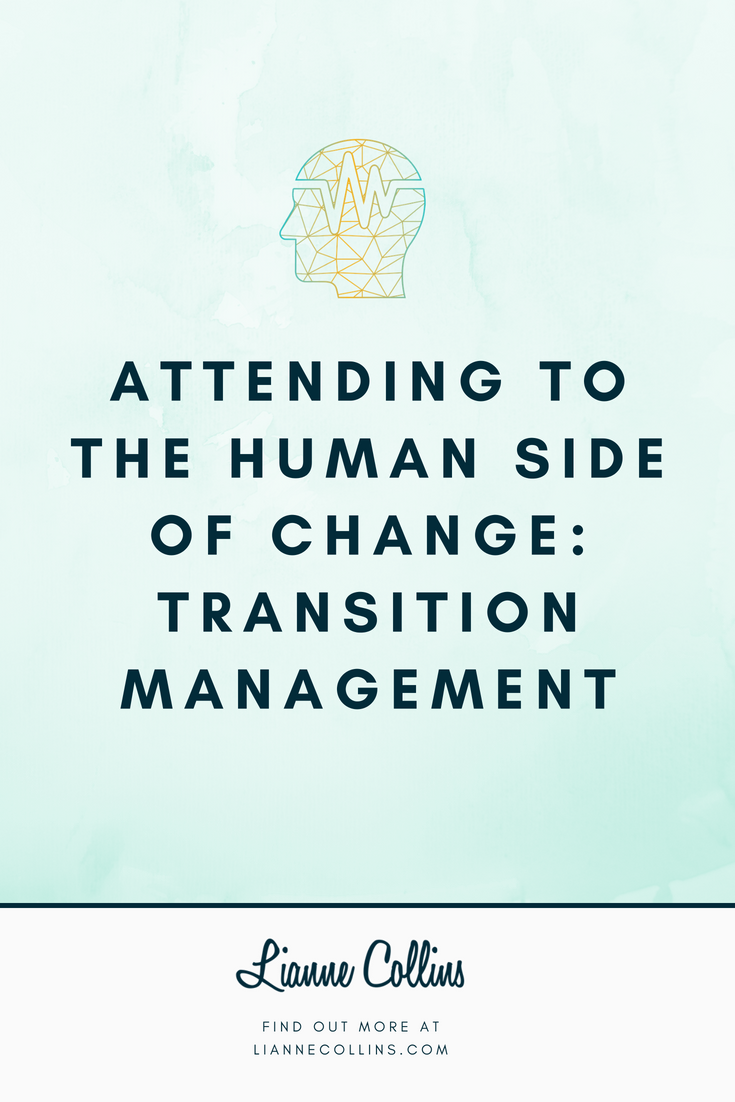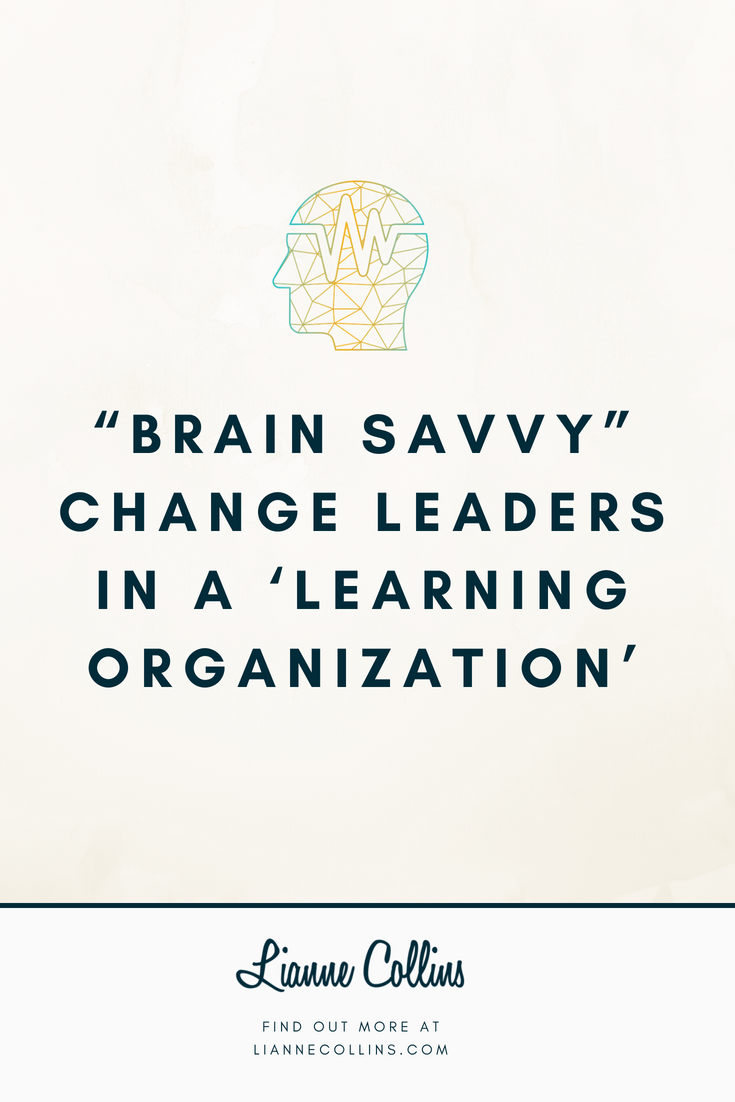Brain Savvy Engagement: Leading Your Team Through Change With the Brain in Mind
Business and healthcare leaders face daunting challenges in implementing transformative change and creating an environment supportive of continuous learning and improvement. There is no playbook or clearly defined roadmap to follow.
However, change leaders who understand the science underpinning engagement, learning and performance can more effectively engage their employees' best talents, encourage collaboration and facilitate people and culture change.
High team engagement is essential in both transformational change and continuous improvement. When the team is highly engaged in the change or improvement process there will be more accurate identification of problems, better change solutions and tests of change during the design phase, higher levels of energy for implementation and deeper ownership of outcomes. People are always more committed to change when they own the results and the actions to achieve them.
Brain savvy change leaders leverage insights from neuroscience to engage their teams with the brain in mind. These insights include:
It’s all about survival.
The organizing principle of the brain is “minimize threat and maximize reward”. We know the brain is great at surviving. Its #1 job is to keep you alive. It does so by regulating physiological functions but also by constantly scanning the environment for possible threats and rewards. The external environment is of keen interest to the brain. The brain has learned that even minor changes in the environment can mean the difference between life and death. The brain views environmental changes (new leader, new team, new processes, new technology new expectations) with suspicion. The brain operating below the level of conscious awareness immediately identifies each person or circumstance it encounters as a potential threat or potential reward.
The threat response is easier to trigger, is stronger, lasts longer and is more memorable than the reward response. The threat response needs to be minimized in workplace interactions. The threat state interferes with our ability to process information, learn, remember, think creatively, collaborate or regulate emotions.
The brain processes social threats the same as physical threats. Several domains of social experience draw upon the same brain networks to maximize reward and minimize threat as the brain networks used for primary survival needs. Social needs are treated like basic human survival needs (the need for physical safety, food and water) at a neurobiological level.
Our brains at work are either in a threat state (disengage, avoid, escape) or a reward state (engage, approach, connect). The brain is focused on surviving – in physical, social and organizational contexts. Much of the motivation driving social behavior in the workplace is governed by the organizing principle of the brain - Minimize threat and Maximize reward. We want all the brains in our workplace to be in the “reward” state as much as possible. In the reward state we experience increased cognitive resources. This is the state in which we are calm, reflective, focused and able to do our best and most creative thinking.
The neural basis of workplace engagement seems closely linked to the threat /reward function in the brain. When we are fully engaged at work (reward state) we are more likely to tackle difficult things, think deeply about issues, make better decisions and develop innovative solutions.
Brain savvy change leaders understand the linkages between high engagement and higher levels of change commitment, better change solutions and lower levels of resistance. They create interactions that contribute to optimal engagement, learning, high quality thinking, enhanced performance and greater change agility.
Brain savvy change leaders know that true engagement requires team interactions and involvement that: are positive and based on open communication; minimize the fear of speaking up or taking responsible risks; encourage discussion of ideas, issues and concerns relevant to team members and the people they serve and support experimentation, trial and learning.
Gordon, E. (2000). Integrative Neuroscience: Bringing together biological, psychological and clinical models of the human brain. Singapore: Harwood Academic Publishers.
Gordon, E. et al. (2008) An “Integrative Neuroscience” Platform: Application to Profiles of Negativity and Positivity Bias, Journal of Integrative Neuroscience.
Baumeister, R. F., Bratslavsky, E, & Vohs, K.D. (2001). Bad Is Stronger Than Good. Review of General Psychology, 5(4), 323-370.
Baumeister, R. F., & Leary, M. R. (1995). The need to belong: Desire for interpersonal attachments as a fundamental human motivation. Psychological Bulletin, 117, 497-529.
Lieberman M. D., and Eisenberg, N. (2008). The pains and pleasures of social life: A social cognitive neuroscience approach. NeuroLeadership Journal, Edition 1, 38–43.
Arnsten, A. F. T. (2009). Stress -signaling pathways that impair prefrontal cortex structure and function. Nature Reviews. Neuroscience,10, 410–422.
Arnsten, A. F. T. (1998). The Biology of Being Frazzled. Science, 280, 1711-1712.
Brann, A. (2015) Engaged: The Neuroscience Behind Creating Productive People In Successful Organizations. Palgrave Macmillan
Rock, D., Tang, Y., & Dixon, P. (2009). Neuroscience of engagement. NeuroLeadership Journal, 15–22.
LikeBrain Savvy Engagement: Leading Your Team Through Change with Brain in MindCommentShareShare Brain Savvy Engagement: Leading Your Team Through Change with Brain in Mind[](https://www.linkedin.com/in/lianne-collins-538450)










